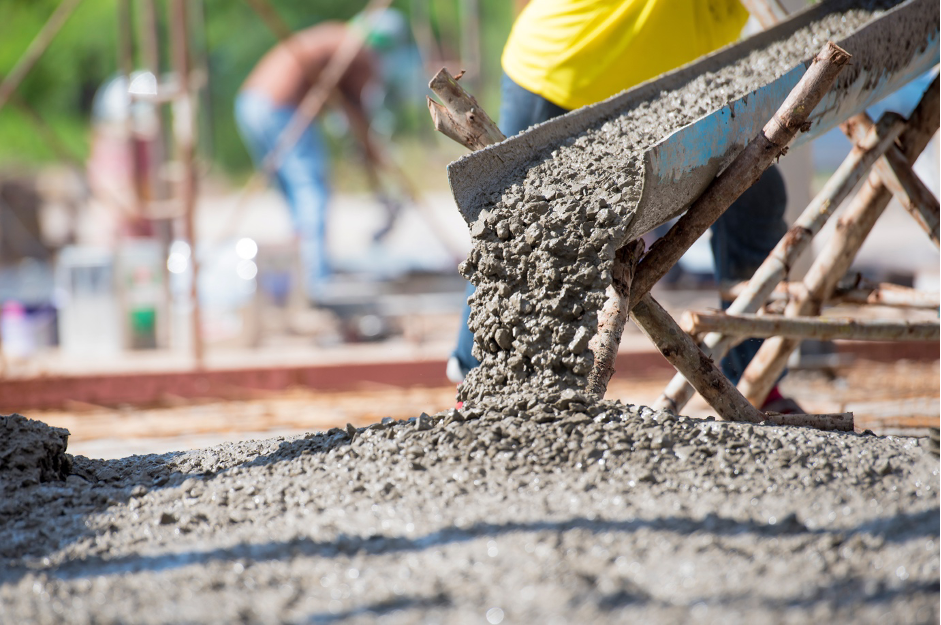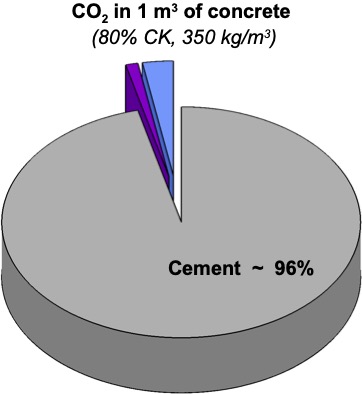Concrete is the second most used substance by mankind after water. Due to this enormous utilization, PC is responsible for about 8% of manmade CO2 emissions, so that addressing this situation is essential, but not trivial. Indeed, on the one hand we need concrete to sustain the development of civil infrastructure, particularly in emerging economies, but on the other hand our future is founded on our ability to preserve our environmental integrity.

Concrete
Portland Cement
2nd
Most used resource
7%
Industrial energy use
8%
Anthropogenic CO2

While concrete is volumetrically about >70% aggregates, most of its CO2 (>90%) is associated with the clinker amount contained in its binder (cement).
This highlights the importance of addressing clinker reduction in cement (so-called clinker factor) through the massive adoption of blended cements, but more importantly the overall content of clinker per cubic meter of concrete by simultaneously addressing the total binder content in the mixture design.
